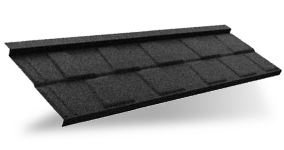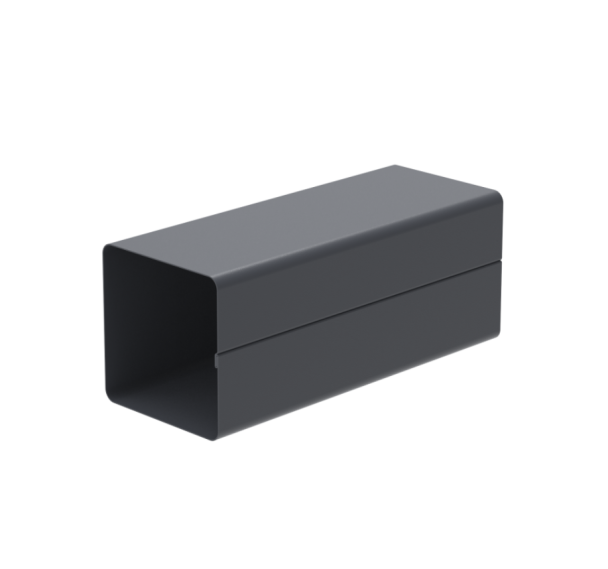How to protect your roof from wind? 6 rules to keep your roof safe!
Due to the risk of adverse weather conditions, the design of the house must be adapted to the location where the house is being built. Robust construction, appropriate finishes and quality roofing must be ensured from the design stage. It is worth investing in a design that includes a roof tile installation scheme.

Due to the risk of adverse weather conditions, the design of the house must be adapted to the location where the house is being built. Robust construction, appropriate finishes and quality roofing must be ensured from the design stage. It is worth investing in a design that includes a roof tile installation scheme.
In this article you will learn:
- Roof wind protection - what do I need to know?
- Factors that affect the strength of a roof and its resistance to strong wind gusts
- 1. Work with an experienced roofer
- 2. Appropriate roofing compound
- 3. Choosing the right roof design
- 4. Installation of the solid roofing
- 5. Choosing the type of roofing
- 6. Use of fasteners
Roof wind protection - what do I need to know?
What factors affect the strength of a roof? Will the roof hold up in the wind? How can I protect my roof from the effects of wind? Check out the tips below!
Factors affecting the strength of your roof and its resistance to strong wind gusts
The safety and durability of a roof depends on many factors, including: the surface area and the pitch of the roof and the level of the ridge or height of the building.
1.
It is important to hire professional roofers who specialise only in roof installation and not in construction, or who specialise in everything.
2. Appropriate roofing compound
It is important to properly fasten the covering at the edges of the roof, as well as at the ridges, cornices, chimneys and skylights - wind forces are increased there compared to other parts of the roof. It is also recommended to fix the roof covering to the truss in the central parts. For the roof decoration at the roof edges, we offer metal weatherboards available in different sizes, rich colours and different coatings. See the full Produs range.
Some people believe that roof tiles will not hold their own weight, so it is better to fix them in the middle parts for safety reasons. This is especially important if the roof pitch is high, in which case we fix each pitch separately. This way we will be protected from possible wind blowing. Roof tile fasteners and ridge tile clips are used for fixing. Taking into account all important factors, such as the pitch of the roof, you should plan the number of fasteners and clamps per square metre.
3. Choosing the right roof design
When designing your roof, protect it against expansion and weathering. Loads are created by the roof's own weight, snow or wind pressure. Areas where the rafters rest on the wall, rafter and ridge joints are particularly vulnerable. In buildings with reinforced concrete or ceramic ceilings, expansion forces also affect external walls. This is why it is so important to connect the rafters and the crown to the wall. Remember that a notch in the wall will not be sufficient with rafters. In addition, fixings are made by driving long rafters into the angle of a nail or by using special sheet metal connectors. The additional connections affect the wind resistance of the structure.
4. Installation of the solid roofing
Protection against wind forces is achieved by protecting the sheathing structure. We do this by providing tensile-resistant connections between rafters, purlins, columns and columns, especially at the edges and corners and at the roof eaves. The wind resistance of the gable walls in the attic area is also important. If these walls are long, it is recommended that they be reinforced with attic partitions. Remember that regular maintenance has a significant impact on the durability of the roof covering. Detecting and repairing small defects in good time can save you from higher costs.
5. Choosing the type of roofing
It is difficult to determine which roofing material is the most wind resistant. Generally, ceramic, cement or natural slate tiles are best for steep roofs because they are heavy. In addition, if a heavy roof covering is chosen, the building structure needs to be more rigid, which means the overall resistance to adverse weather conditions. When choosing a lightweight roofing material, such as metal roof tiles, be sure to provide additional fixings and properly connect the wall panels to the external wall.
6. Use of fixings
When installing certain types of roofing, it is important to use appropriate fasteners. These may be connectors, staples, clips, nails, hooks, clips or others. It is best to choose fasteners that have been adapted by the manufacturer for the specific type of roofing.




















































































































































































































































